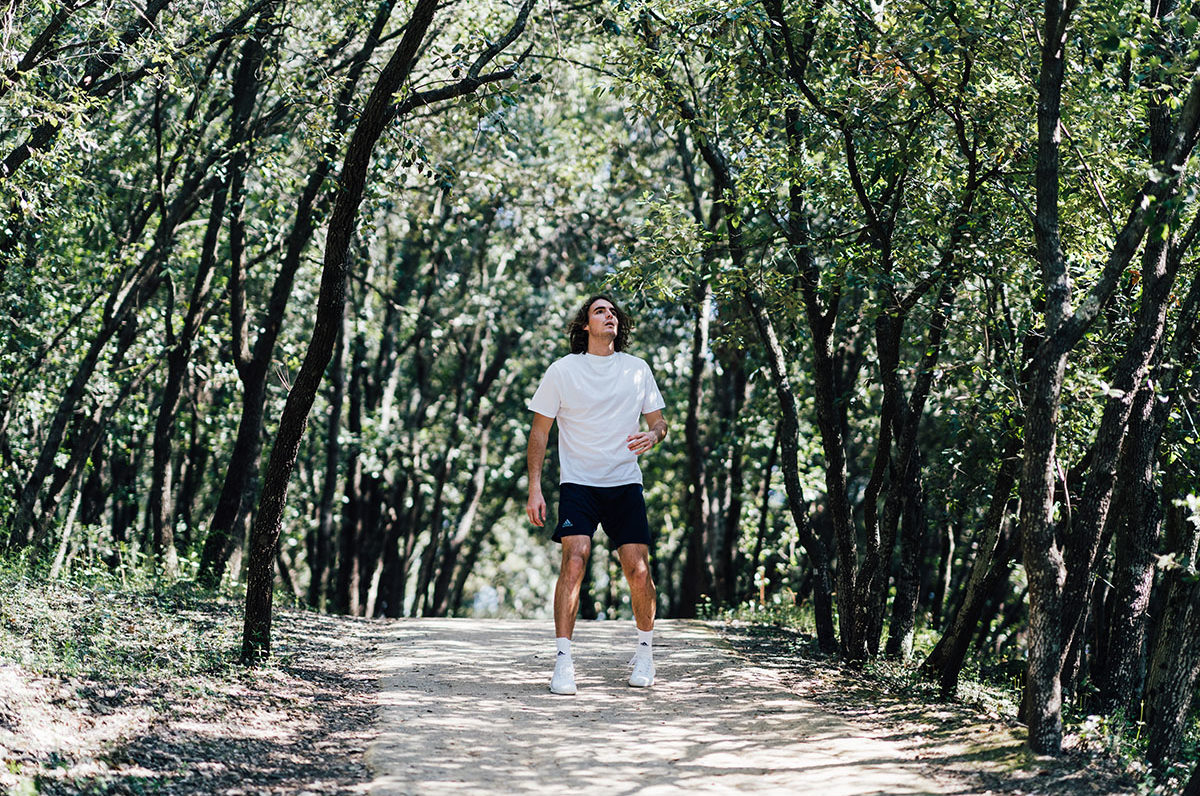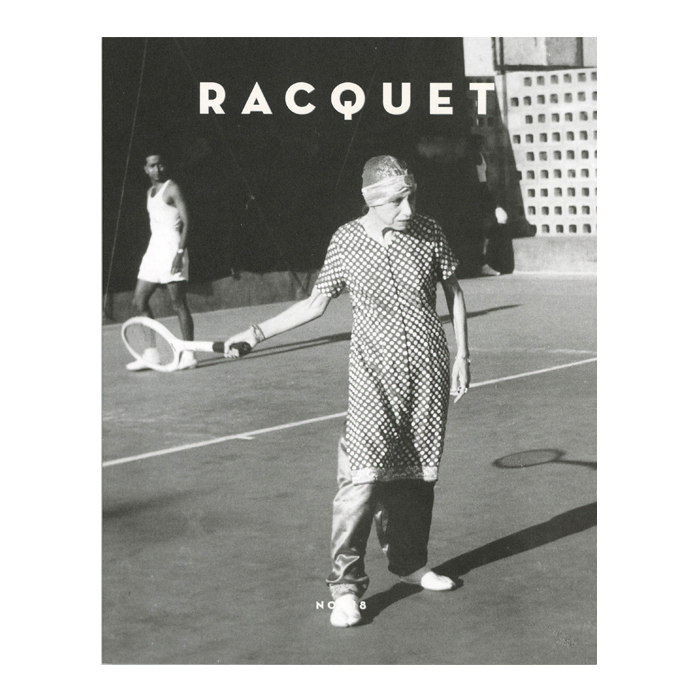By Giri Nathan
Not long ago, the clay season belonged to Dominic Thiem. Okay, that’s blasphemy: It belonged to Rafa, but the king gave him a little slice of his domain to rule over, a little title here and there. Thiem looked qualified to inherit it all. I’ll be the first to admit that I didn’t believe in his game at first, but over time he honed his blunt power into something sharper and developed the stamina to sustain his physically torturous style. Between 2016 and 2019, he emerged as Rafa’s most consistent threat on the surface, dutifully beating him once a year. For all that toil, he somehow never came away with a clay Masters trophy—though you should certainly get an honorary medal for clearing out the king for someone else to title on clay. Thiem also set up a recurring appointment with Rafa in the final of Roland-Garros. Upgrading that runner-up trophy to the winner’s seemed like a question of when, not if. But then came injuries. Not long after Thiem got his first major title at the US Open, his body let him down in a number of ways, the worst of which was a right wrist injury requiring surgery and an early shutdown of his 2021 season.

He’s back. Thiem has finally returned to competition, and to clay, losing in the first round of a Challenger in Marbella at the end of March, contracting COVID-19, and recovering in time to come to Belgrade this week and log his first tour-level match since June 2021. It was a respectable three-set loss to the consummate grinder John Millman, and Thiem was all smiles after. “Actually, I’m really happy because it was a match; it was a fight,” he said, adding that he was pleased with his movement, defense, and backhand. What he’s going to be less happy about is the present state of the competition. Not just his old woes—Nadal, healing up after a blistering hard-court season, or Djokovic, shaking off the rust of his own making. It’s the guys younger than him, too. Suddenly there is Carlos Alcaraz, who was barely out of the womb when Thiem began his endless injury slide. And there’s also Stefanos Tsitsipas, who is a much bigger threat than he was when they last met on clay in 2018.

Tennis went on while Thiem convalesced, and Tsitsipas may well have elbowed past him in the line of succession. If Stef announced himself as a clay force by beating Nadal in Madrid in 2019, he solidified it last year by running up two sets to none on Novak Djokovic in the Roland-Garros final. (We don’t need to talk about what happened after.) It’s easy to forget amid his hard-court successes, but clay is where Tsitsipas looks most free, having played on it between the ages of 6 and 14—“probably more than Rafa,” as he once joked. He has said it’s the surface on which everyone should learn tennis, in its elemental form. Clay is where Tsitsipas boasts a 75 percent career winning percentage, where his sliding at the baseline pays dividends, where his diving at the net hurts less. It’s where he enjoys more time on the ball to take his massive swings, where he can dance around his backhands. And return of serve, his deepest flaw, always gets a little simpler with clay slowing balls down. Tsitsipas defended his Monte-Carlo Masters title last week with a handful of dominant performances, and now sits at third in the clay Elo ratings, behind Sascha Zverev, whom he destroyed last week, and just ahead of Nadal. While Stef gives us so much else to muse on—the nature of bathroom breaks, the idiocy of tennis dads, the fake deepness of tweets—here was a reminder of his outright brilliance as a dirt-baller. It was a good run, but Domi cannot boast the best one-hander on clay anymore.
Above: Self portraits by Stefanos Tsitsipas, from Racquet No. 14.



